Plan Types
Retirement Plan Types
401(k) Plans
More and more employees view 401(k) plans as a valuable benefit, which has made them the most popular type of retirement plan today. Employees can benefit from a 401(k) plan, even if the employer makes no contribution. Employees can voluntarily elect to make pre-tax contributions through payroll deductions up to an annual maximum limit. The plan may also permit employees age 50 and older to make additional “catch-up” contributions, up to an annual maximum limit. Employee contributions are 100% vested at all times.
The plan may also permit employees to make after-tax Roth contributions through payroll deductions instead of pre-tax contributions. Roth contributions allow an employee to receive a tax-free distribution of the contributions and the earnings on the employee’s Roth contributions if the distribution meets specific requirements.
The employer will often match some portion of the amount deferred by the employee in order to encourage greater employee participation (e.g., 25% match on the first 4% deferred by the employee). Since a 401(k) plan is a type of profit-sharing plan, profit sharing contributions may be made in addition to, or instead of, matching contributions. Many employers offer employees the opportunity to take hardship withdrawals or to borrow from the plan.
Employee and employer matching contributions are subject to special nondiscrimination tests, which limit how much the group of employees referred to as “highly compensated employees” can defer based on the amounts deferred by the “non-highly compensated employees.” In general, employees who fall into the following two categories are considered to be highly compensated employees:
- An employee who owns more than 5% of the business at any time during the current plan year or immediately preceding plan year (ownership attribution rules apply which treat an individual as owning stock owned by his or her spouse, children, grandchildren or parents); or
- An employee who received compensation in excess of the indexed limit in the preceding plan year. The employer may elect that this group is limited to the top 20% of employees based on compensation.
